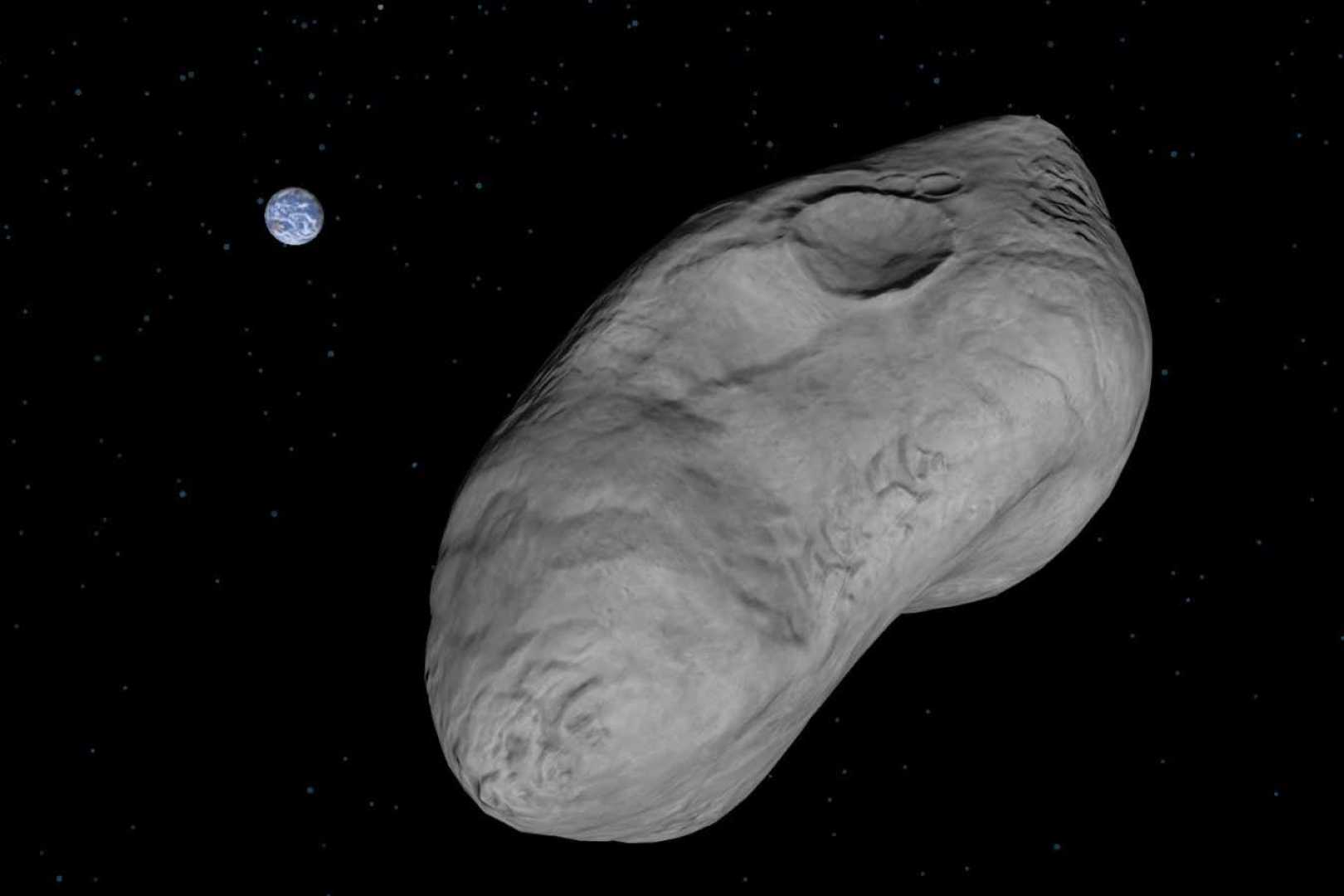News
Asteroid 2024 YR4’s Collision Odds Fluctuate Dramatically Ahead of 2032 Encounter

WASHINGTON — NASA‘s recent calculations indicate that asteroid 2024 YR4, discovered late last year, has a 0.28% probability of colliding with Earth on December 22, 2032. Initially, the odds peaked at 3.1%, but recent observations have led to significant revisions and uncertainty, raising concerns about the asteroid’s trajectory.
The asteroid, measuring between 130 and 300 feet wide, was first detected on December 27, 2024, by the Asteroid Terrestrial-impact Last Alert System (ATLAS) in Chile. The shifting probabilities have drawn widespread media attention, reflecting the urgency and concerns surrounding potential threats from near-Earth objects.
“The odds were high earlier this week, peaking at a 3.1% chance — about 1 in 32 — which classified YR4 as a Level 3 on the Torino scale,” said Richard Binzel, a professor of planetary sciences at the Massachusetts Institute of Technology, and creator of the Torino scale that measures asteroid impact risks. As probabilities shift, he emphasized that the current level indicates a potential threat of localized destruction, while also allowing for the possibility of re-assignment to a lower hazard level as more data becomes available.
The Torino Impact Hazard Scale, adopted in 1999, utilizes a color-coded system ranging from 0 (no hazard) to 10 (certain collision). Binzel designed this scale to foster public awareness regarding the potential risks posed by near-Earth asteroids. “The goal was to provide transparency about what astronomers know and to maintain public trust without inciting unnecessary anxiety,” said Binzel.
NASA noted that the recent reduction in collision probability was attributed to updated observations of YR4’s trajectory, allowing scientists to better predict where the asteroid will be during its close approach to Earth. The adjustments followed a series of observations made during February 19 and 20, resulting in more accurate orbital models.
While the probabilities have fluctuated, such variability is typical for newly discovered near-Earth asteroids, Binzel explained. “It’s like trying to predict where a fly ball lands in a baseball game; more observations lead to better estimates,” he said. As astronomers continue to monitor YR4, they anticipate a clearer understanding of its path and collision potential.
As YR4 draws closer to the predicted encounter date, astronomers worldwide are mobilizing resources to refine its trajectory. Ground-based telescopes, including prominent facilities in Hawaii and Chile, are crucial in this ongoing assessment. Continuing observations will help diminish uncertainties about the asteroid’s orbit and allow for more precise risk calculations.
Binzel, who initially faced skepticism about the Torino scale’s usefulness, noted that the increased attention on YR4 exemplifies the very need for a structured communication tool regarding space threats. “The scale serves as a critical resource for policymakers and the public,” he stated. “It provides clear categories for different scenarios, allowing for effective contingency planning.”
As of now, there’s a 98.5% likelihood that YR4 will miss Earth entirely, but if future assessments indicate that the asteroid could become a threat, the planetary defense community is prepared to take action. Strategies might include deploying kinetic impactor missions, similar to NASA’s DART mission, which successfully altered an asteroid’s trajectory in 2022, or utilizing gravitational forces to redirect a potential threat.
Despite the fluctuating statistics surrounding asteroid 2024 YR4, the current assessment is reassuring: while it remains classified as a Level 3 hazard, new observations are expected to gradually clear any misconceptions and uncertainties. Binzel expressed optimism: “We expect the probability to continue decreasing, likely leading to a reassessment of YR4 to Level 0 as more data becomes available,” he said.
As scientists work diligently to track the asteroid, stable observations are crucial in understanding the potential risks posed by near-Earth objects. With YR4 serving as a prime example of this ongoing effort, scientists continue to optimize strategies for monitoring the skies above.












